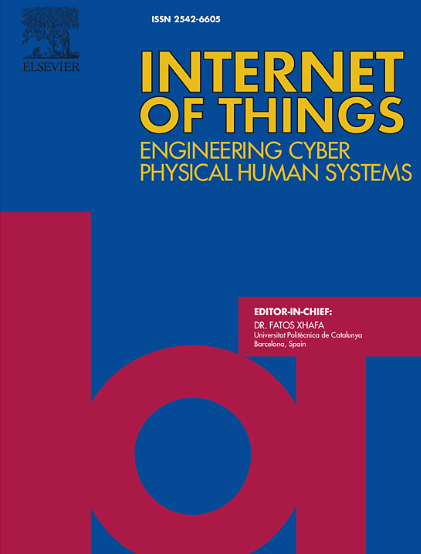A contactless method for recognition of daily living activities for older adults based on ambient assisted living technology
IF 6
3区 计算机科学
Q1 COMPUTER SCIENCE, INFORMATION SYSTEMS
引用次数: 0
Abstract
Background
During demographic shifts towards an older population, healthcare systems face increased demands, highlighting the need for innovative approaches that facilitate supporting older adults’ well-being and safety. This study aims to demonstrate the effectiveness of zero-effort Ambient Assisted Living technology in recognizing daily activities of older adults via machine learning algorithms by comparing with wearable technology.
Methods
Conducted in a smart home environment equipped with a comprehensive range of non-intrusive sensors, the study involved 40 participants, during which they were instructed to perform 23 types of predefined daily living activities, organized in five phases. Data from these activities were concurrently captured by both ambient and wearable sensors. Analysis was performed using five machine learning models: K-Nearest Neighbors, Decision Trees, Random Forest, Adaptive Boosting, and Gaussian Naive Bayes.
Results
Ambient sensors, especially using the AdaBoost model, demonstrated high accuracy (0.964) in activity recognition, significantly outperforming wearable sensors (best accuracy 0.367 with Random Forest). When fusing data from both sensor types, the accuracy slightly decreases to 0.909. Despite spatial overlap challenges, ambient sensors accurately recognize activities across various room settings with accuracies all above 0.950. Feature importance analysis reveals that climatic, electrical, and motion-related features are crucial for model classification.
Conclusion
This study showcases the efficacy of Ambient Assisted Living technology in recognizing daily indoor activities of older adults. These findings have implications for public health, highlighting Ambient Assisted Living technology's potential to support older adults' independence and well-being, offering a promising direction for future research and application in smart living environments.
求助全文
约1分钟内获得全文
求助全文
来源期刊

Internet of Things
Multiple-
CiteScore
3.60
自引率
5.10%
发文量
115
审稿时长
37 days
期刊介绍:
Internet of Things; Engineering Cyber Physical Human Systems is a comprehensive journal encouraging cross collaboration between researchers, engineers and practitioners in the field of IoT & Cyber Physical Human Systems. The journal offers a unique platform to exchange scientific information on the entire breadth of technology, science, and societal applications of the IoT.
The journal will place a high priority on timely publication, and provide a home for high quality.
Furthermore, IOT is interested in publishing topical Special Issues on any aspect of IOT.
 求助内容:
求助内容: 应助结果提醒方式:
应助结果提醒方式:


